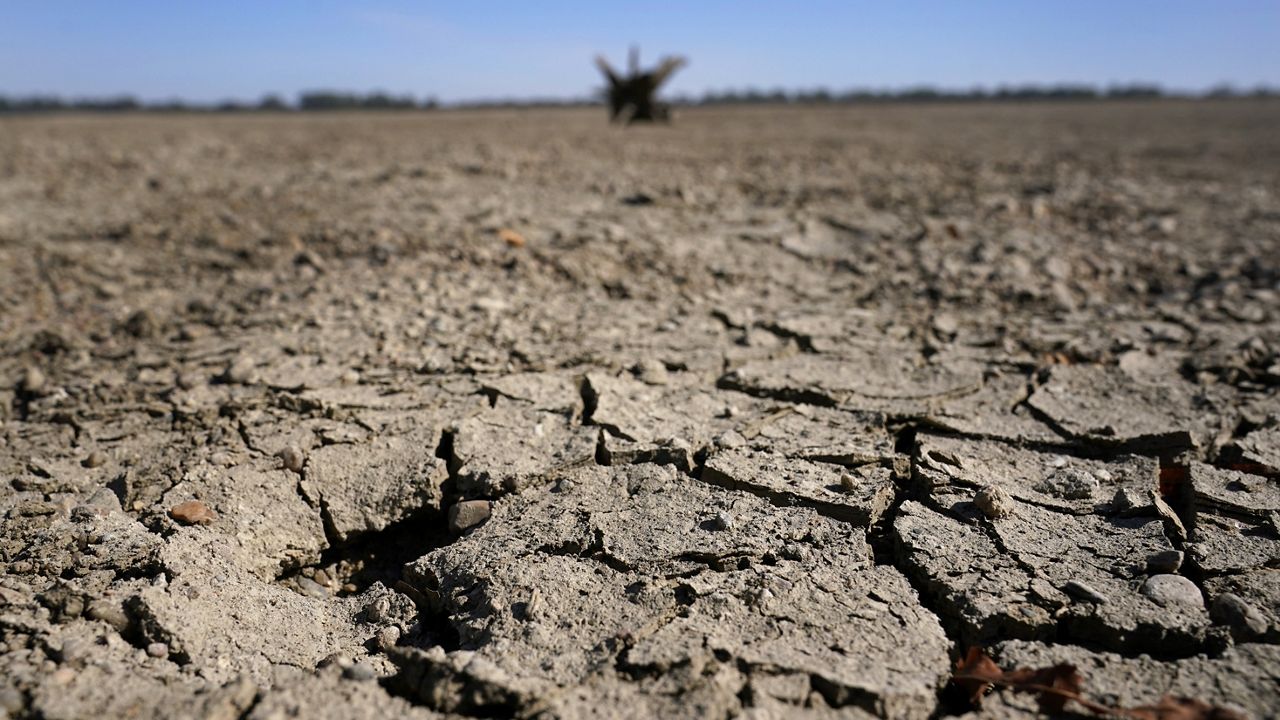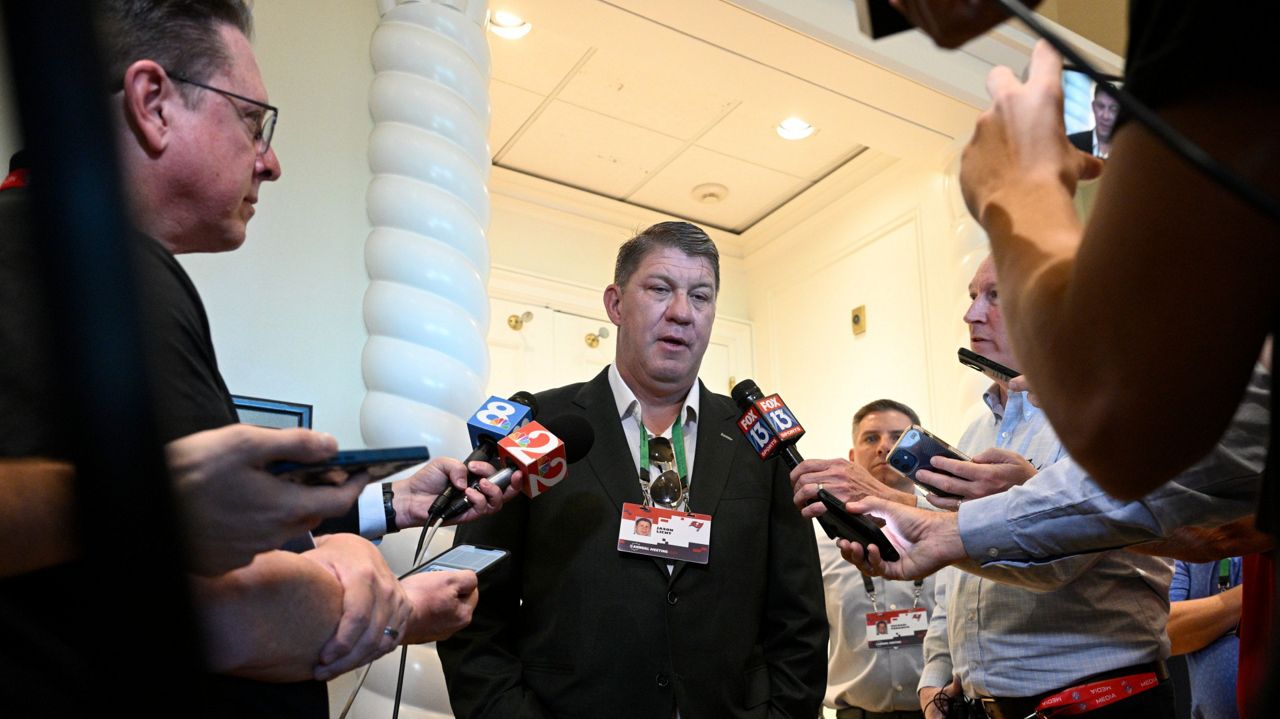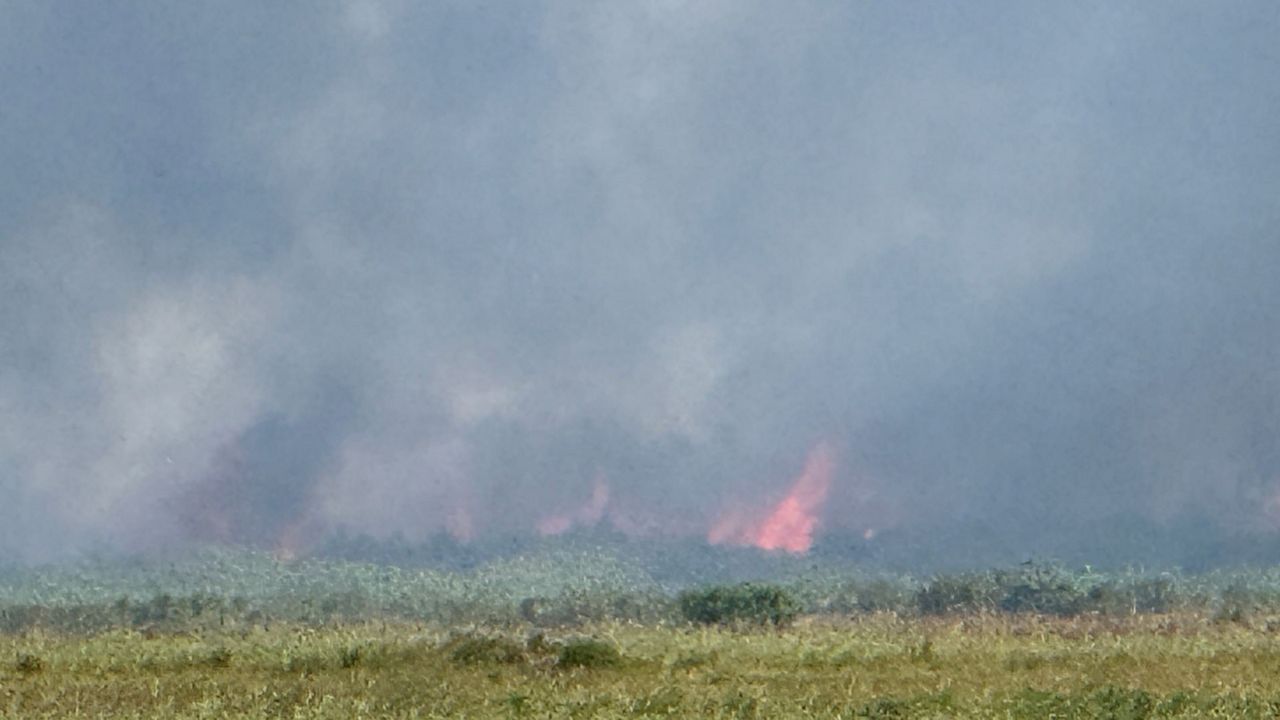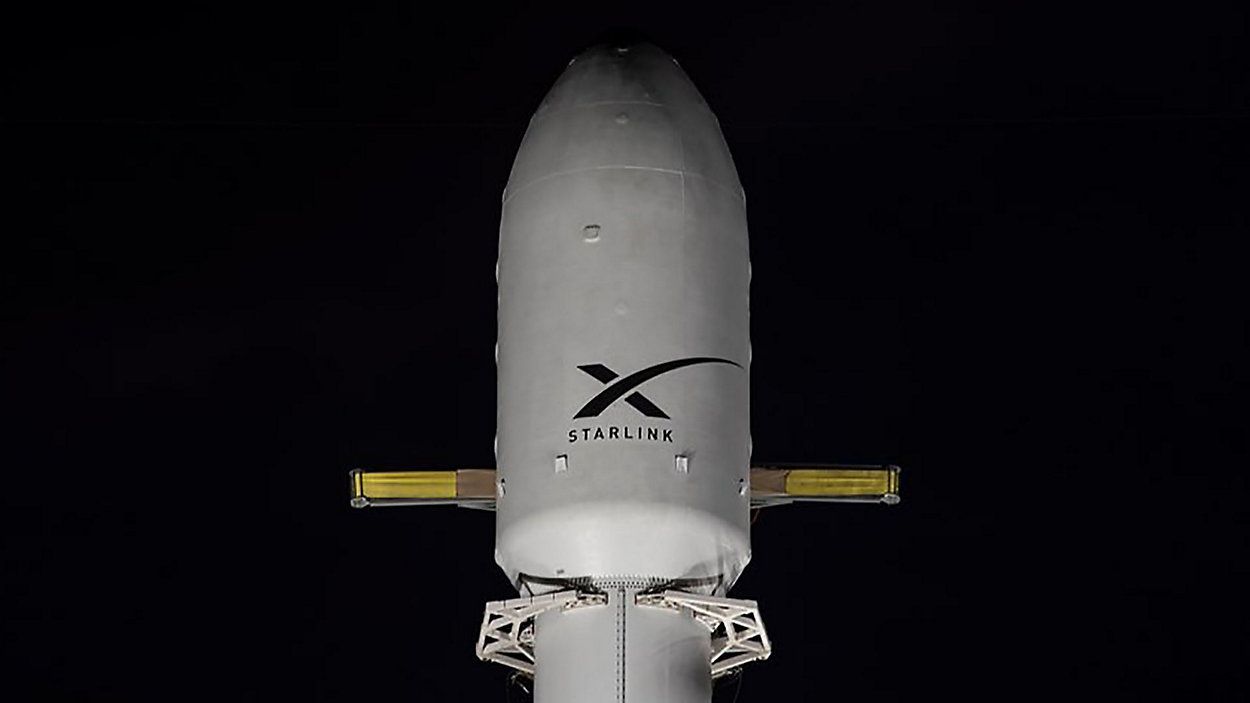ORLANDO, Fla. — Manatees are as much of a Florida icon as oranges, and rollercoasters.
Dr. Joseph Gaspard, vice president of Zoological Operations at SeaWorld Orlando, said a new partnership with 4Roots Farm is researching whether something as simple as a diet can help speed up the recovery process.
“They’re herbivorous, they’ll ordinarily eat seagrass out in the wild, so the most commercially and efficiently available item is romaine lettuce,” Gaspard said.
While in its care, SeaWorld uses lettuce as a seagrass substitute. Manatees can eat an average of 3,000 pounds of lettuce a day and 20,000 pounds of lettuce per week.
SeaWorld Orlando sources its lettuce from a few different vendors, including a fairly new start-up in the Orlando region.
4Roots Farm is located about 15 miles away from SeaWorld, in Orlando’s Packing District.
Still in development, 4Roots leaders hope to one day open an entire agricultural campus to the public, teaching people different farming technologies to show how one can eat and live more healthy lifestyles.
That goes for people and manatees.
An aspect of 4Roots Farms’ setup is hydroponic farming, a process of growing plants in a water-based nutrient solution rather than soil.
“We discovered about 30% of nutrient content in the head of lettuce is actually in the root bulb, and when we can grow it hydroponically, we can harvest the root bulb,” said Josh Taylor, head farmer at 4Roots Farm.
While 4Roots is only supplying SeaWorld manatees about 1,000 pounds of lettuce a week at this time, it also is providing an opportunity for future research on manatee rehabilitation. What both groups are researching is how sourcing lettuce with nutrient-dense bulbs for manatees to eat can help accelerate the recovery timeline.
John Rivers, founder of 4Roots Farms and 4Rivers restaurants, said the partnership came from a chance encounter with the park’s chief financial officer.










